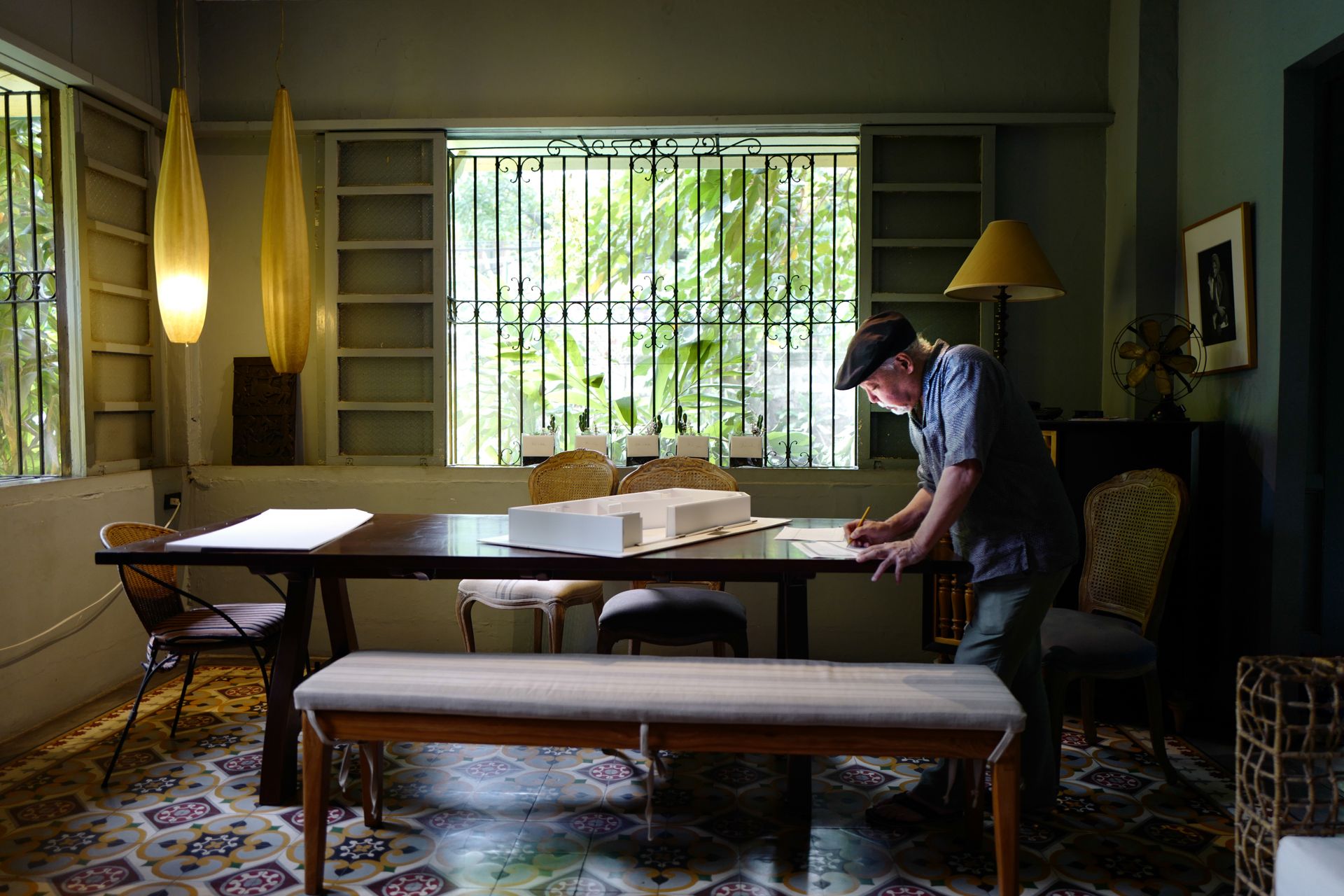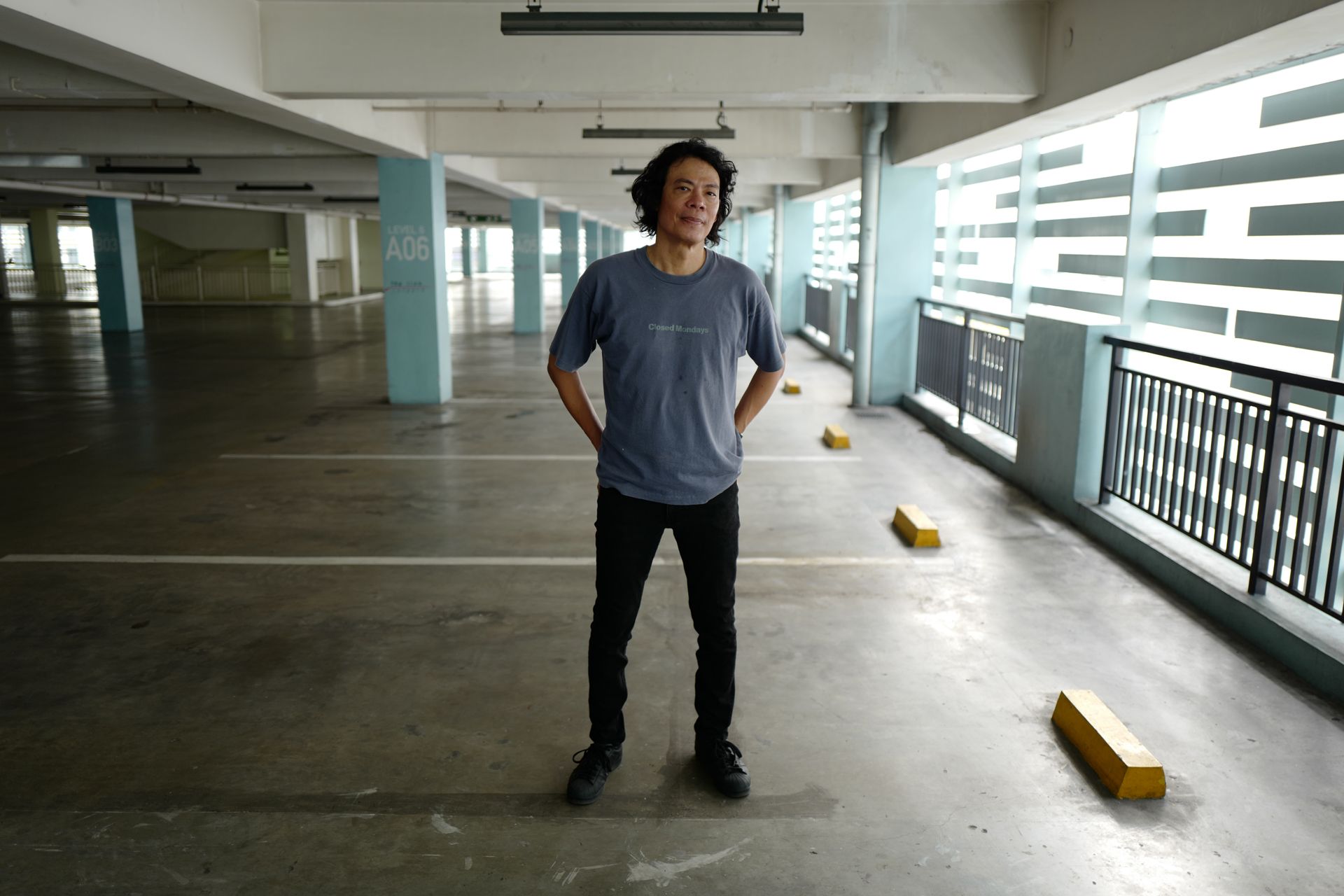
Neal Oshima
Neal Oshima has spent more than four decades photographing indigenous tribes and traditions, tapping the capacity of the medium as a data-gathering tool to examine culture. A prolific photographer whose body of work encompasses advertising, editorial, and documentary photography, Oshima upholds the belief that cultural practices are revealed through the nuances of a photograph.
Oshima’s show consists of the tribes of Bukidnon, Batanes, and Cotabato, all Austronesians, all kin. It is a visual tribute to tribes, across places and across generations, encountered through one man’s lens.





